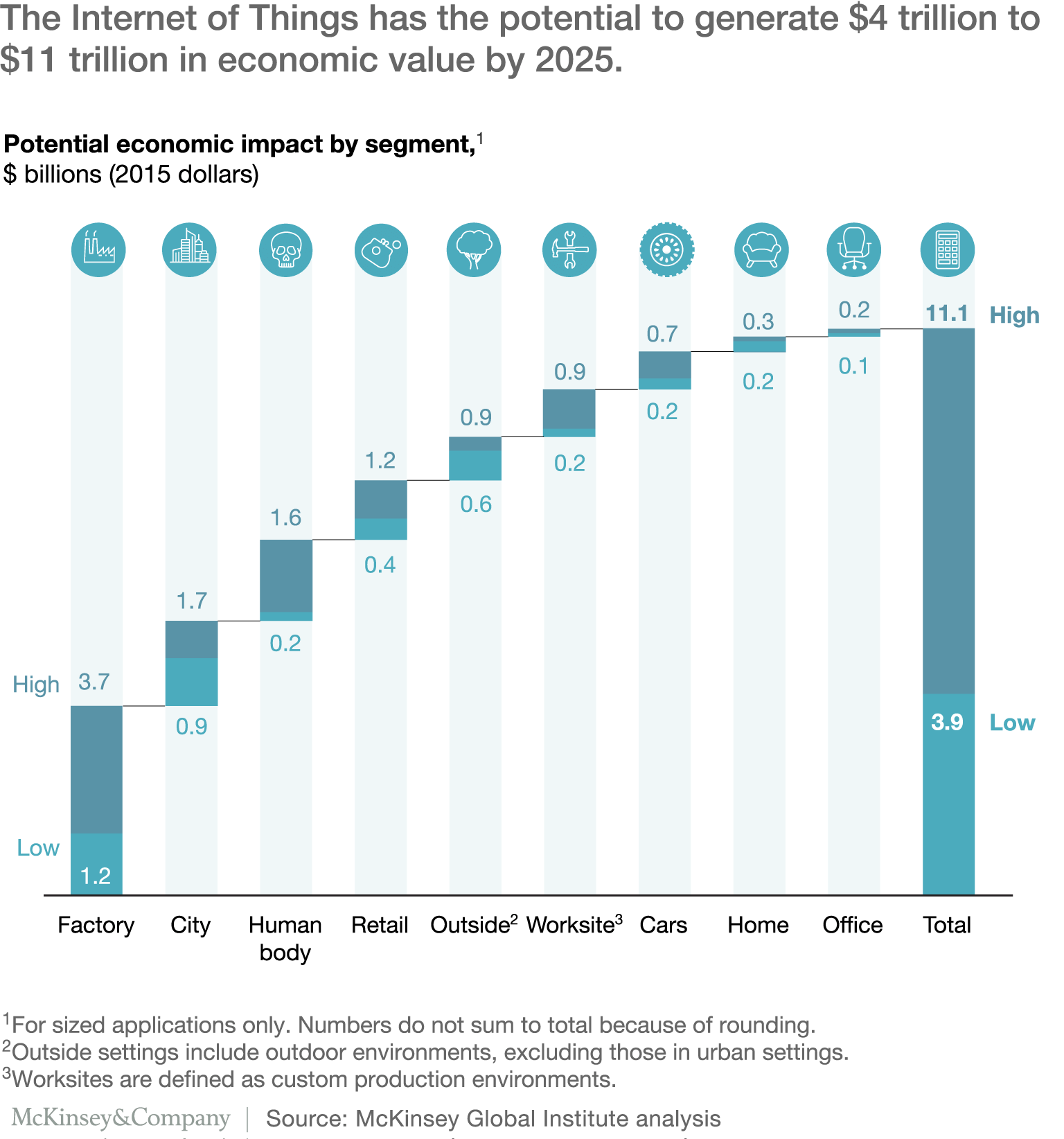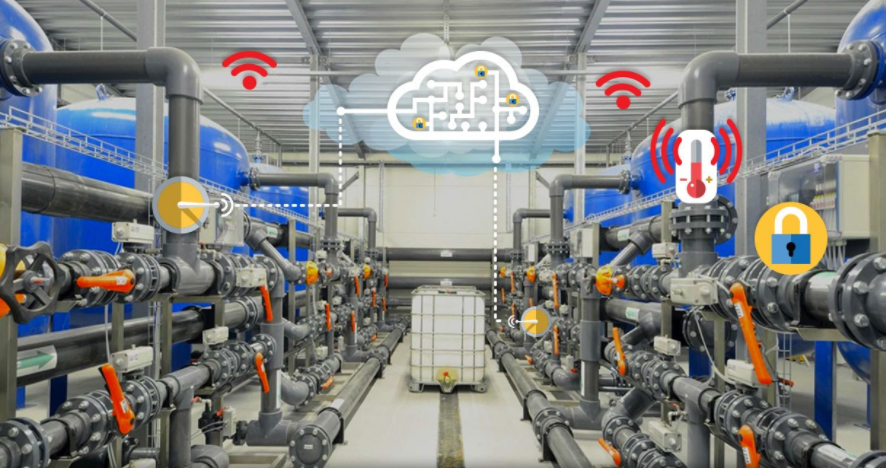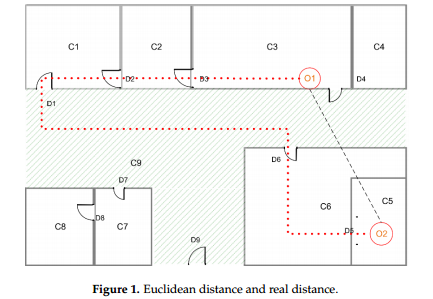Beacons can be used to detect if things or people are in a zone by either putting beacons on the moving things or having the beacons static in a zone.
For the beacons on things/people approach, a gateway or other scanning device looks for beacons in the vicinity and triggers actions. For the static beacons case, an app on peoples’ phone can detect beacon(s) in a zone and trigger actions.
We have some new beacons in stock that now provide a third way of detecting proximity. They use IR and PIR to detect the proximity of any item coming within range. For IR that’s <50cm and for PIR < 5m. These beacons transmit the current state via Bluetooth that can be picked up by an app or gateway.
It’s expected these beacons will be more suitable for IoT and Industrial scenarios.



